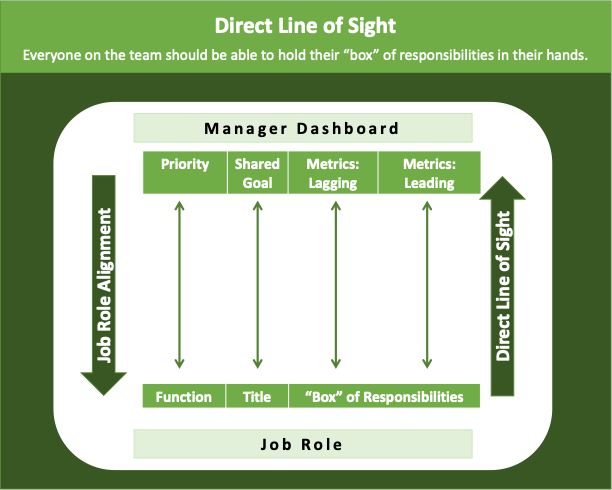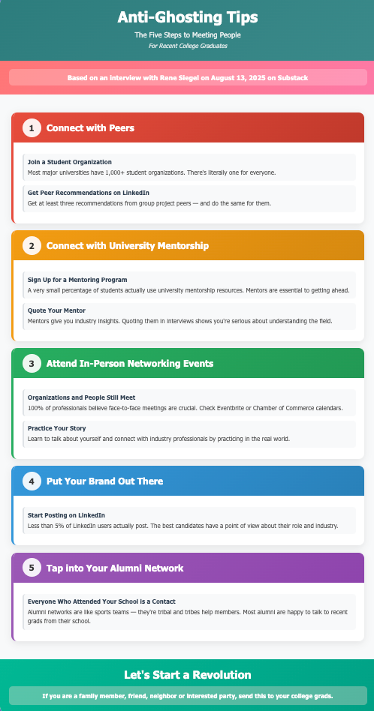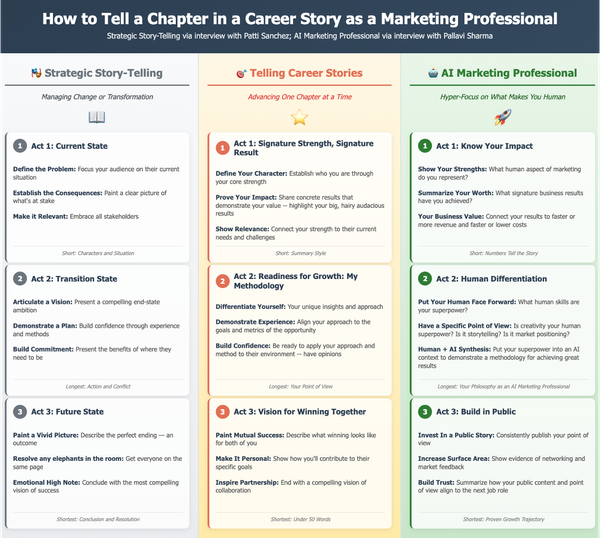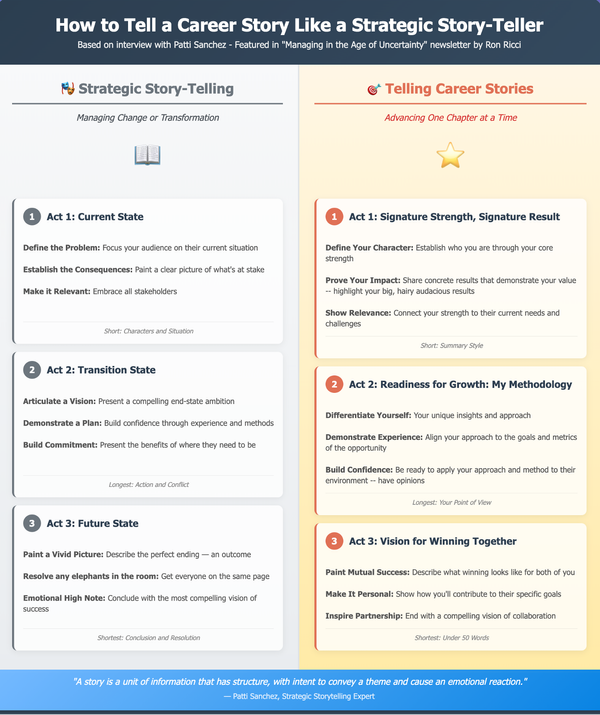Are Your People Empowered?
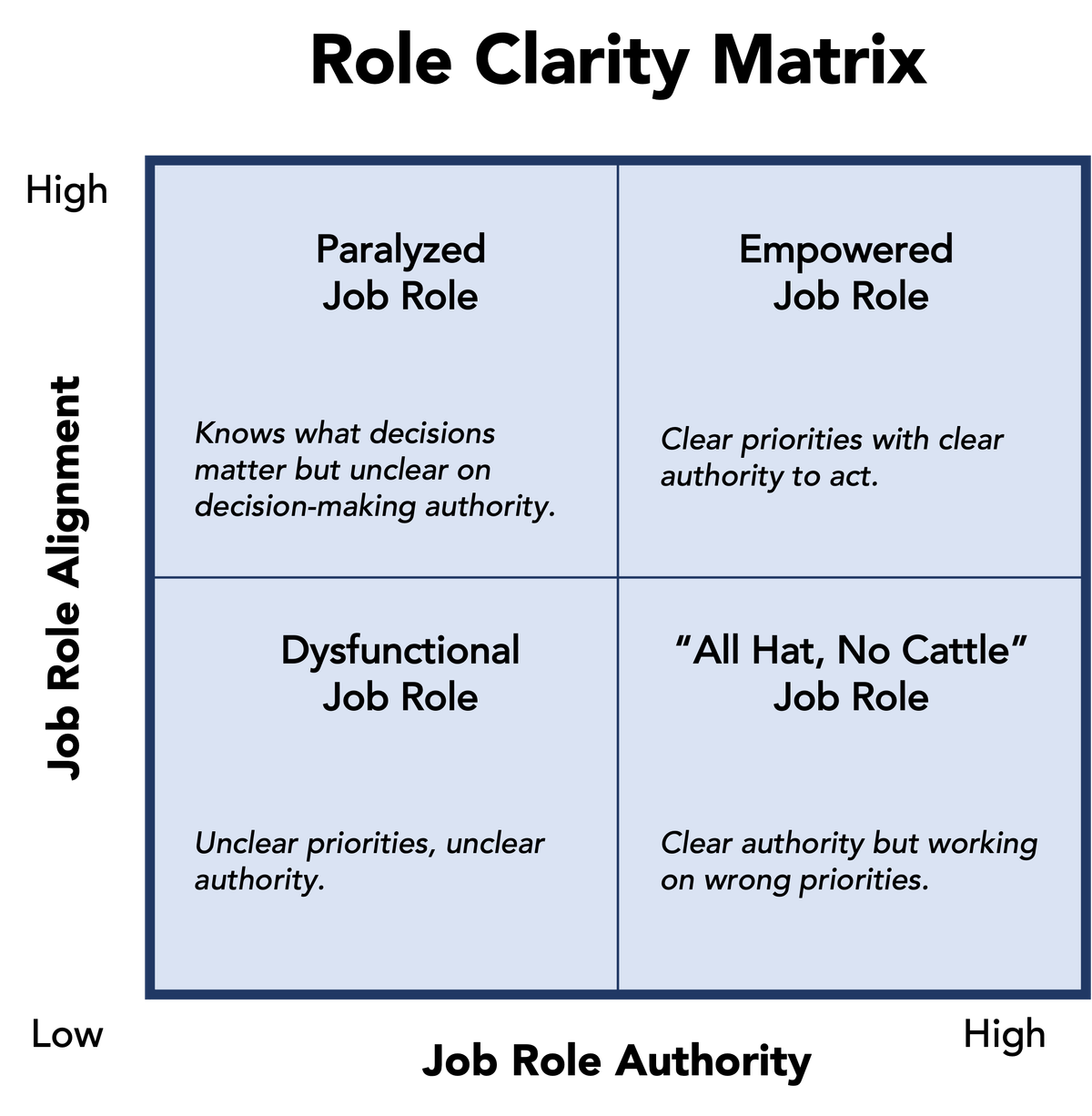
“Directionally, I agree with you.”
Seriously.
If you ever doubted the power of the corporate ladder for boomers, consider the fact that people continuously moved up the ladder despite working in an era when passive-aggressive behaviors were tolerated, often encouraged, sometimes even rewarded.
What I love about being a boomer manager still managing people today is I get to frequently point out the foibles of my generation.
Passive-aggressive behaviors — where you do the opposite of what you say — is one of the enduring cultural artifacts of the boomer generation.
These behaviors developed because boomers, especially individual contributors, weren’t empowered. The hierarchical structure of boomer organizations discouraged decision-making independent of the ultimate manager — especially when operating beyond the borders of a team. I guess it was ironic: the corporate ladder was based on the org structure; the org structure was hierarchical; hierarchy inspired passive-aggressiveness.
So boomers developed these crazy behaviors to compensate when they had to work with peers from other functions or organizations — but couldn’t make any commitments on behalf of their manager. Like saying, “Directionally, I agree with you.” I actually heard these words from an executive at Johnson & Johnson during a discussion about what defines J&J’s decentralized and hierarchical culture. Best Buy called it the “Minnesota nice.” I could go on.
For all intents and purpose, the corporate ladder has been shattered by the rise of AI and the era of efficiency. Millennials and gen-z know they can’t count on the ladder to get ahead; instead, they are looking for job roles where there’s an opportunity to write a chapter of a career story, a chapter that leads to growth and advancement.
In my research into the future of managing, I learned that millennials and gen-z don’t have time for passive-aggressiveness. The best of the current generation want to work for managers who —instead — empower them to navigate the organization.
Contrary to popular (mostly boomer) thinking about millennials and gen-z, the best people want to own their work, to be put in a position to be accountable — in order to increase the odds of getting recognized.
In short, it should be easy to have a seat at the table.
In this issue of Managing in the Age of Uncertainty, I’m continuing my five-part series to help managers understand what “career as a story” means to millennials and gen-z — and how to excel at it as a manager. The potential of a job role to be a successful chapter in a career story comes down to how well someone on a team can connect the “Five Dots of a Career Story.”
The fourth of the five dots in this framework asks this question: How does my role help me navigate the organization?
Why: Help Me “Show Up”
Millennials and gen-z know an ambiguous job role is a waste of time. The best people want a role where it is clear that they “sit at the table” because they are accountable to the outcome. Star performers want to spend their time getting things done, not the endless positioning that can plague passive-aggressive cultures. A chapter in a career story has to end well, after all, in order to propel a member of the team into their next role — the next chapter of their career story.
Think of yourself as a manager. How do your people “show up” in the organization? Do they “own” their work or do they need your constant input? Do your people have job role authority? Can they make decisions themselves?
What to Do: Role Clarity Matrix
In your next 1:1 with your people, ask them to plot themselves on the “Role Clarity Matrix” below. It’s a bit of a test for you as a manager. Readers of this newsletter know I believe the bedrock of helping millennials and gen-z write a best-selling chapter of a career story is job role alignment to a manager’s priorities, goals and metrics. I reject engagement as a management concept.
For people looking for perhaps a reputation-making chapter of a career story, alignment is one-half of empowering people. The second half is the authority to make decisions associated with the “box” of responsibilities aligned to the job role.
Where would your people place themselves on the matrix? Read on to learn what to do about it.

How: “I have your back” Strategies
I literally love the network of friends I have from working in the tech ecosystem for so long. So I reached out to managers I know and asked them for best practices to truly empower people in their job roles. Here are five strategies:
- “Make warm introductions,” Mimi deGrandpre, my former Cisco colleague, told me is a good way get things moving. It makes sense: tell people your people are empowered. “I want to remove organizational obstacles and bureaucratic friction that can distract my people from their core work.”
- “Step into someone else’s world.” Tamie Zrecny, a industry friend from Microsoft, suggested. “Start with curiosity, good questions and even better listening.” I really like the idea of managers trying to walk in the shoes of their people. Ask your people to share their experiences with you as a decision maker; and share what’s working and what’s not in how they “show up” when you’re not in the room.
- “Where are the land mines?” Literally. It’s a perfect metaphor, from my Cisco friend Anne Robotti. “Too many leaders just let new team members figure it out,” Anne told me, adding: “When a 30-min conversation about the different types of personalities the team deals with would avoid so many problems. For example, who needs an email and a week to think about it, versus who can you ping and get an immediate answer? Who should you do a 1:1 with if you want to get anything done?”
- “Coach them on stakeholder communication.” Another golden nugget from Mimi. “When people feel they're growing and building new competencies, they become more confident navigators who can handle increasing levels of organizational complexity on their own.” Amen.
- “Add people’s names to your key priorities and goals.” Ok, I’m quoting myself. Communicating to your organization what roles or which people are aligned to your dashboard empowers people on your behalf. It also has the side benefit of motivating those people on the team who don’t see their names aligned to priorities.
Reminder: The 5 Dots Framework

Manager Thought of the Week
“Leadership is how you 'show up.’”
The first time I heard this phrase was when I hosted Jeff Immelt, then the CEO of General Electric, at a Cisco town hall. Jeff was speaking to what today’s newsletter is all about: taking responsibility for your role and the impact the role has on the business. It’s a great simple phrase that I’ve repeated a thousand times since. Jeff was also the first guest inside a Cisco meeting to “f-bomb” during his talk. I know CEO John Chambers was cringing, but I could see the people in the audience love it. We all like to “show up” our own way and anyone who knows me knows I drop the “f-bomb” a little too much. But I have Jeff Immelt to blame.
In Summary: Principles of Managing in the Age of Uncertainty
- I left Cisco to answer this question with research and evidence: What does the manager of the future look like? What are millennials and gen-z seeking in a manager? Which behaviors, tactics, skills or processes matter? What’s it going to take to attract and keep the best people over the next decade? In short, how to be a great manager.
- Based on this research, the core philosophy of this newsletter is rooted in one idea: successful managers in this moment in time, for this generation of talent, need to be “career dot-connectors.” The next-gen doesn’t expect to spend their entire career on your team — that’s an idea boomers grew up with. A job on your team is like a chapter in a career story to the current generation. If you want the best people on your team, you have to connect the dots between roles on the team and the career opportunities of the people working on the team.
- What is the“Age of Uncertainty”? If the industrial age was about taking predictable steps up the ladder, the age of uncertainty is about finding or discovering the path of a career without any predictable steps, without an obvious ladder — it’s why being a career dot-connector will differentiate you as a manager.
- How to be a Great Manager in the Age of Uncertainty: Be a Career Dot Connector is available on Amazon.
- What kind of manager are you? Take my free self-assessment and learn about yourself.

